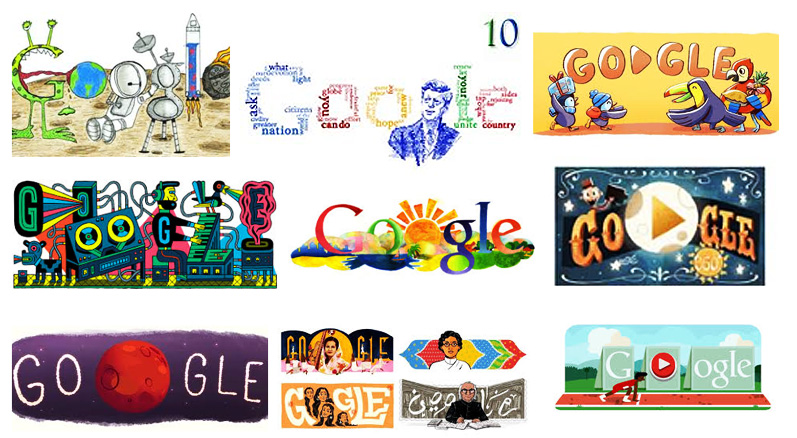

Enter the contest online (recommended) or by mail (see step 3 on the entry form for details).Fill out the rest of the required information and have a parent or guardian sign the entry form.Artist’s statement - Tell us about what you have drawn and how it represents your vision for India in the next 25 years.Doodle: Artists create their Doodles using any materials they want.IST, so here's some information to help you get started: The contest is open for entries until 9:00 p.m. Parents and teachers can mail us the completed entry form or submit it online as a png or jpg. From 2001 to 2020, Harz forests have lost 30 percent of their coverage.We're excited to see some great Doodles this year! Students can work with any materials they want, but all Doodles must be entered using the entry form. The death of this forest's spruce trees is largely being driven by rising temperatures and severe drought, which makes the trees particularly susceptible to outbreaks of bark beetles. The final timelapse depicts forest dieback in the Harz region of Germany. Images of coral bleaching on Lizard Island, Australia, taken each month from March to May, 2016. The timelapse breaks down that year's destruction month to month, from March to May on a single patch of reef. In warmer locales, like the Great Barrier Reef, a landscape of white is the new normal, and it's not a good thing at all bleaching events in 2016 destroyed more than 75 percent of Lizard island's colorful coral. Images from the Greenland ice sheet in Sermersooq each December from 2000 to 2020. The last image features only splotches of white. The first image shows a landscape covered in ice. The timelapse featured on Google's Earth Day doodle spans 2000 to 2020.


Greenland's glaciers have received more attention in general, as they are retreating at a particularly rapid rate. Mount Kilimanjaro images taken each December from 1986 to 2020. By 2030, some estimates suggest this glacier could disappear completely. The timelapse of glacier retreat on Kilimanjaro was created using annual satellite imagery from 1986 to 2020. Each of these scenes is devastating on its own, and every few hours the focus changes.


 0 kommentar(er)
0 kommentar(er)
